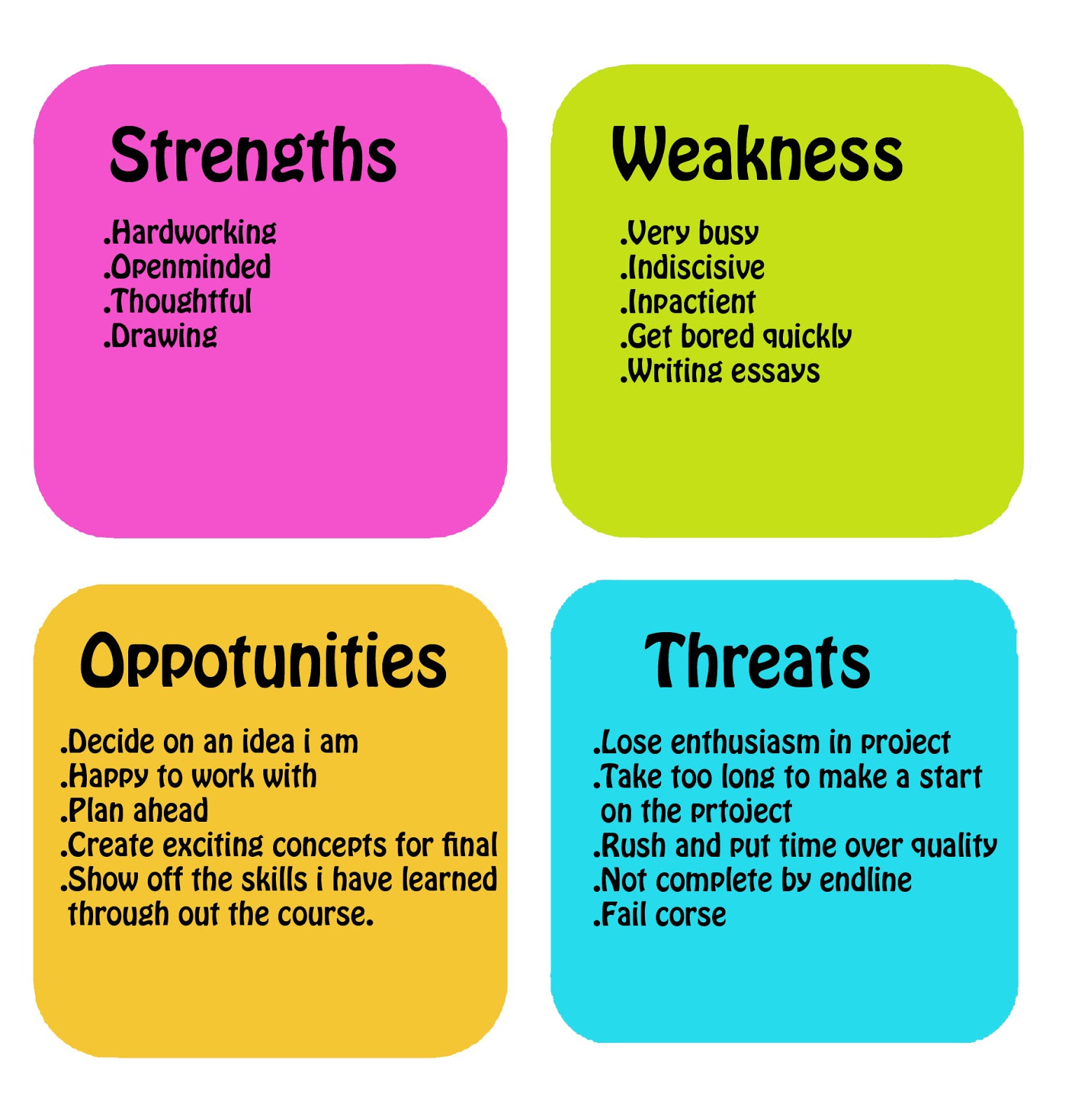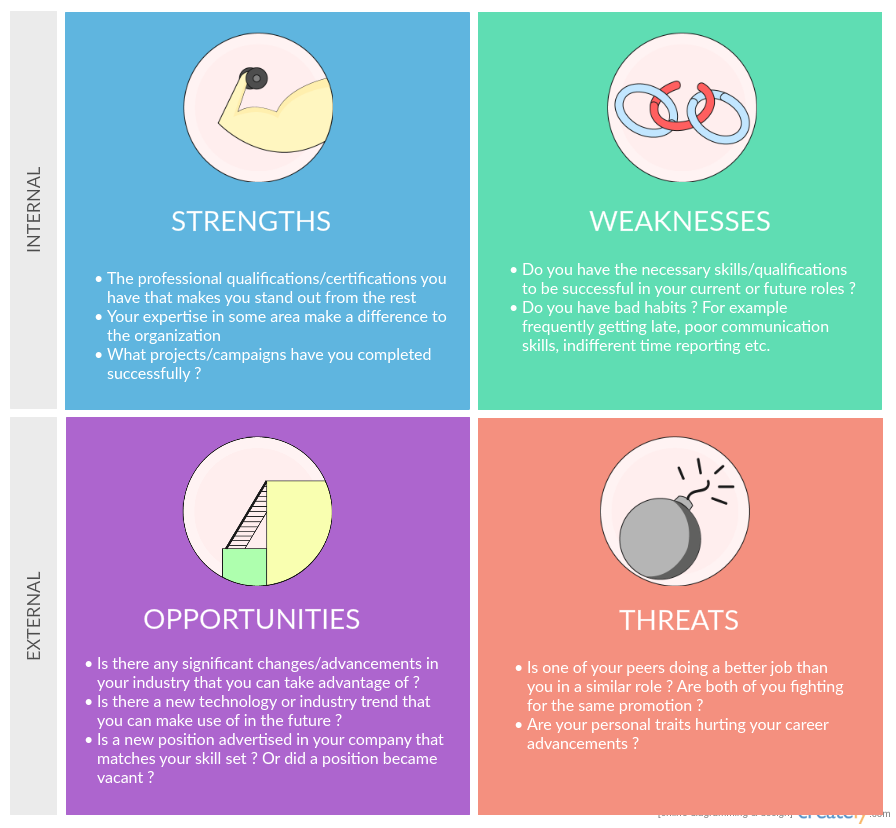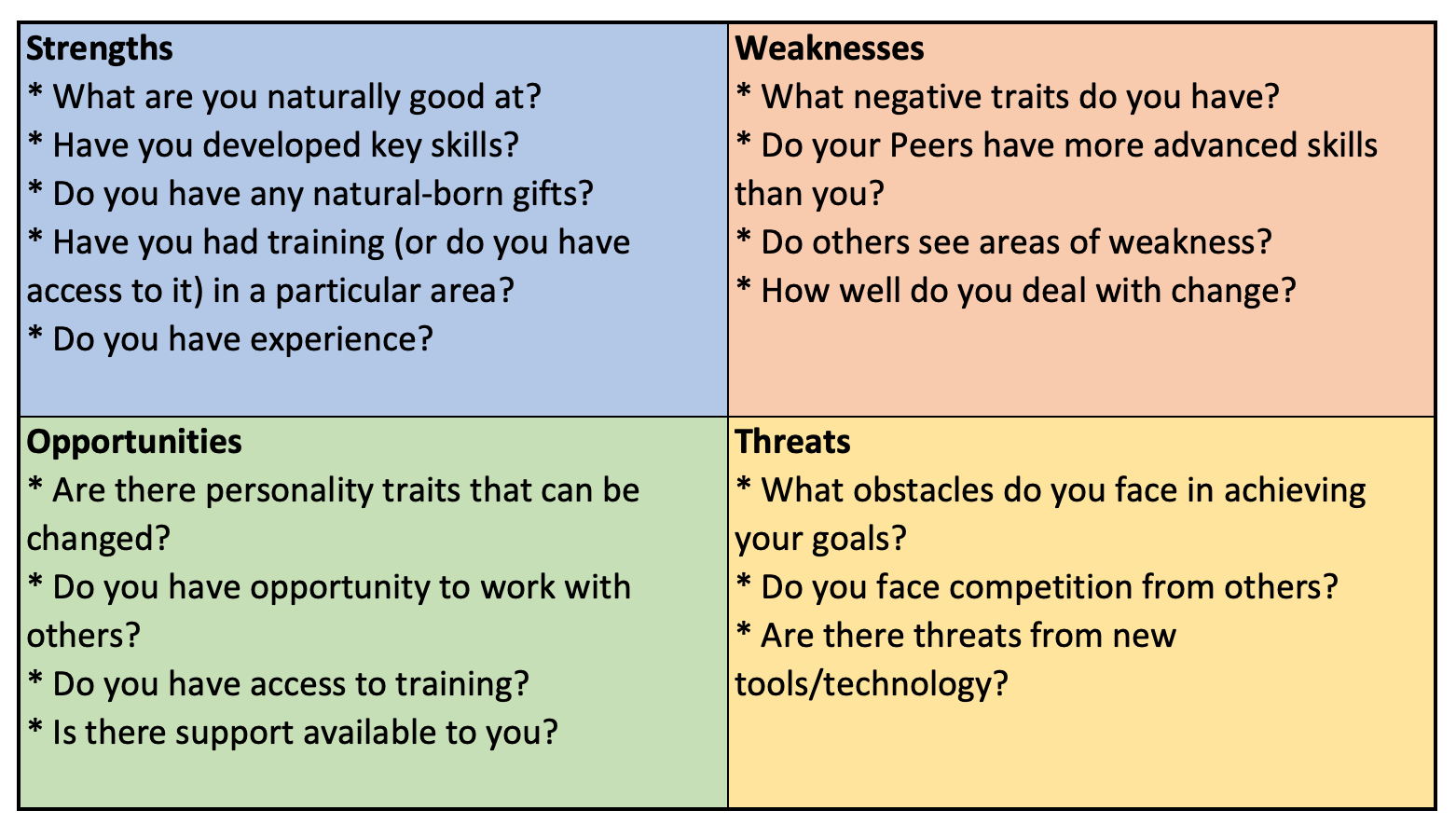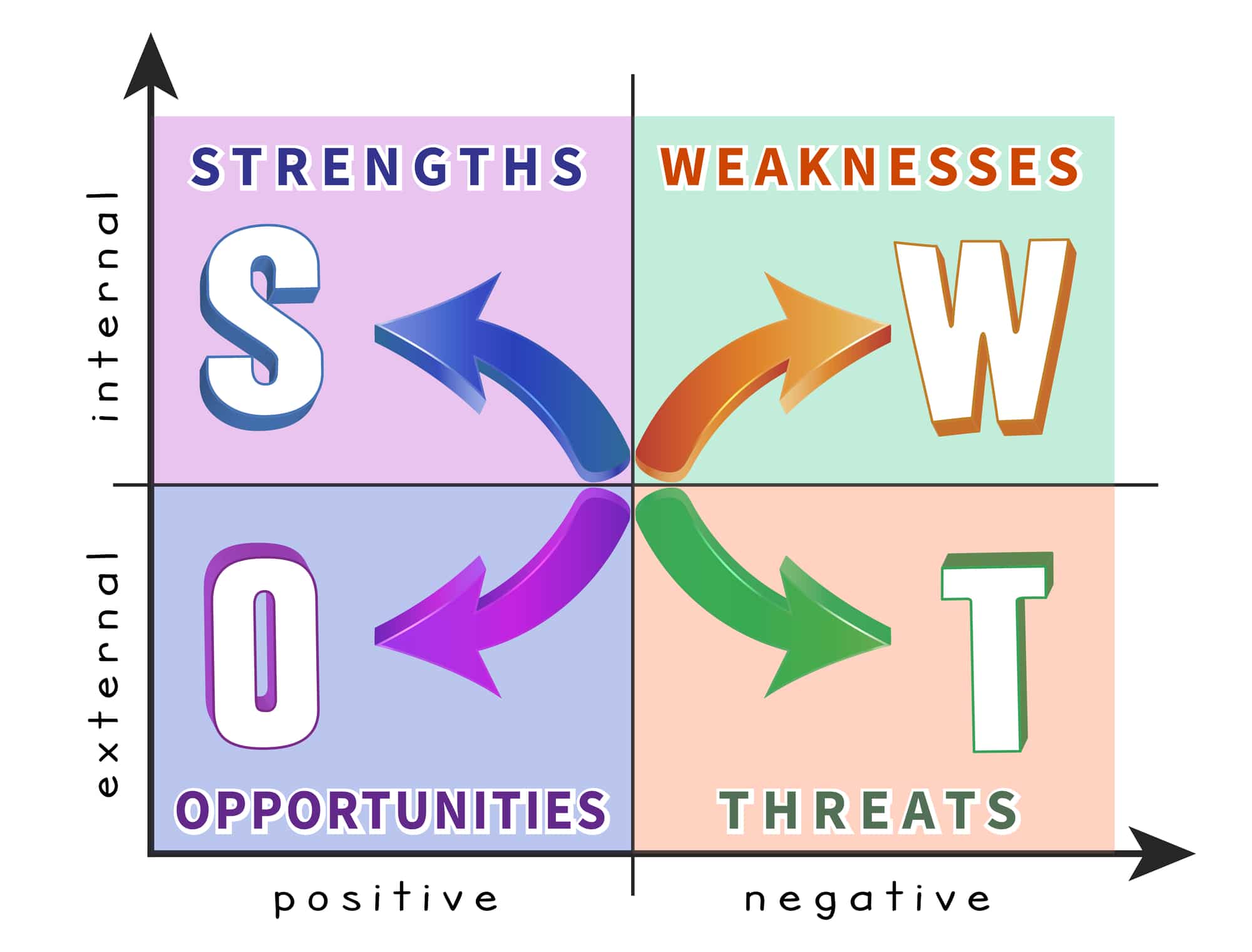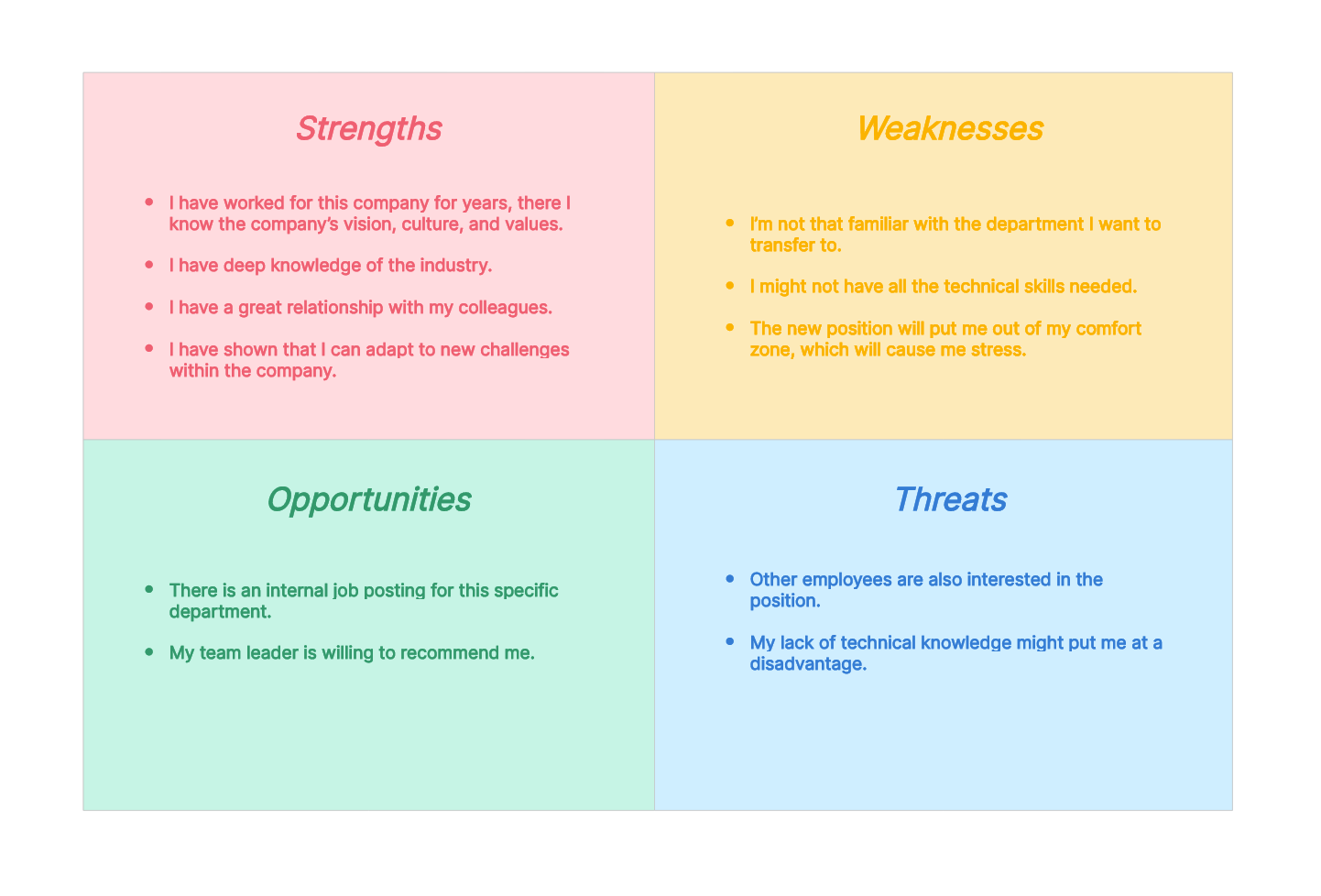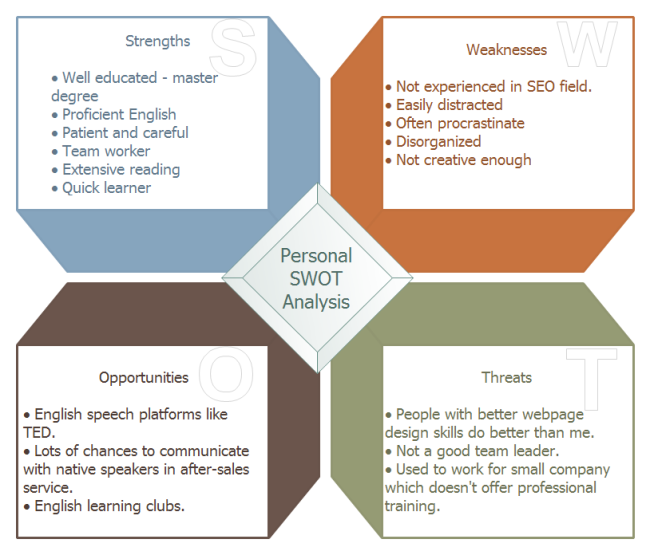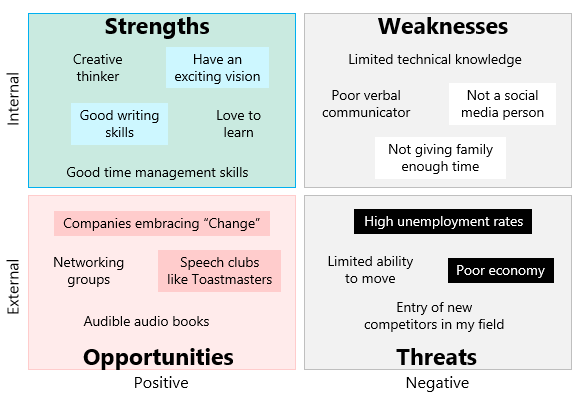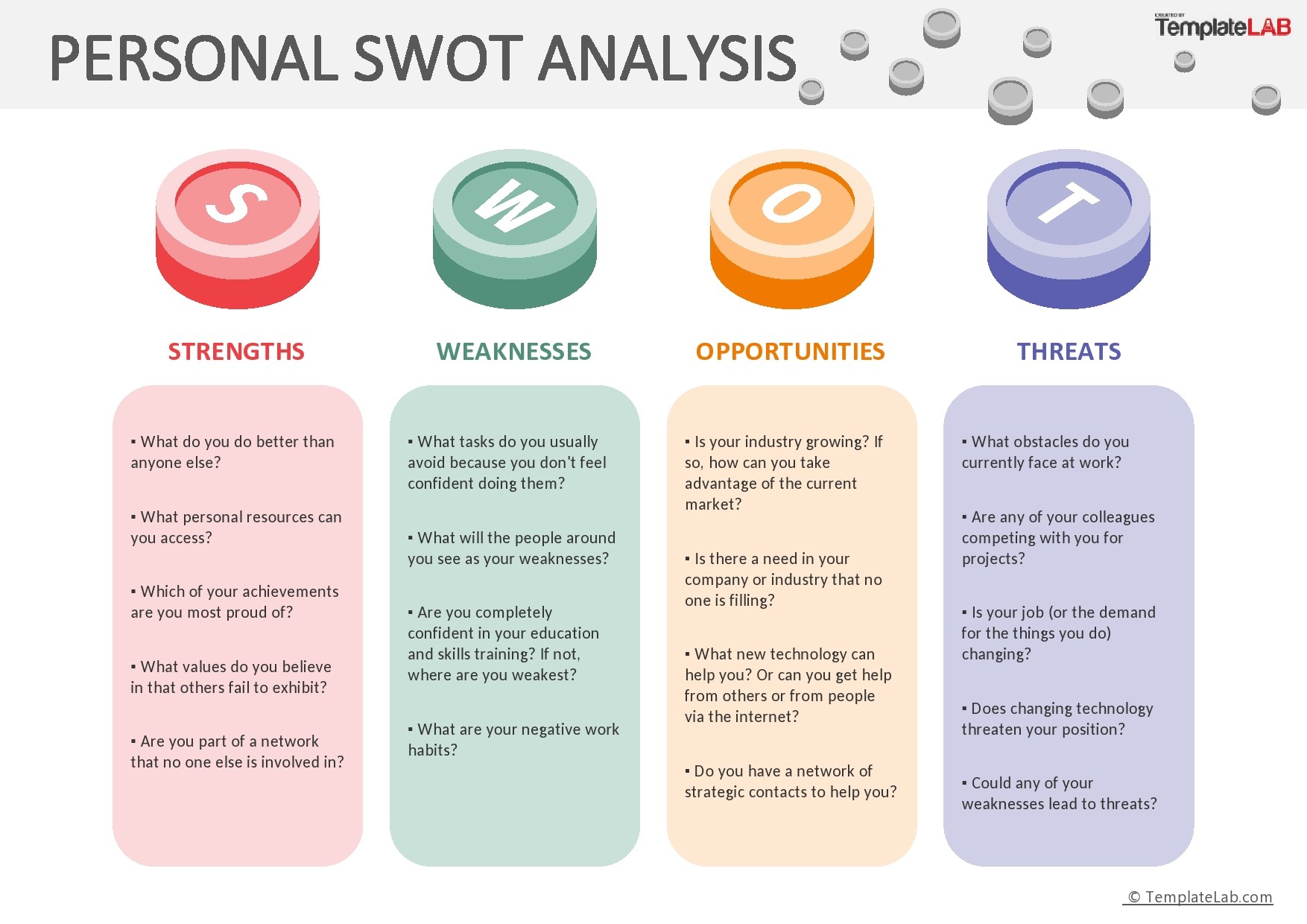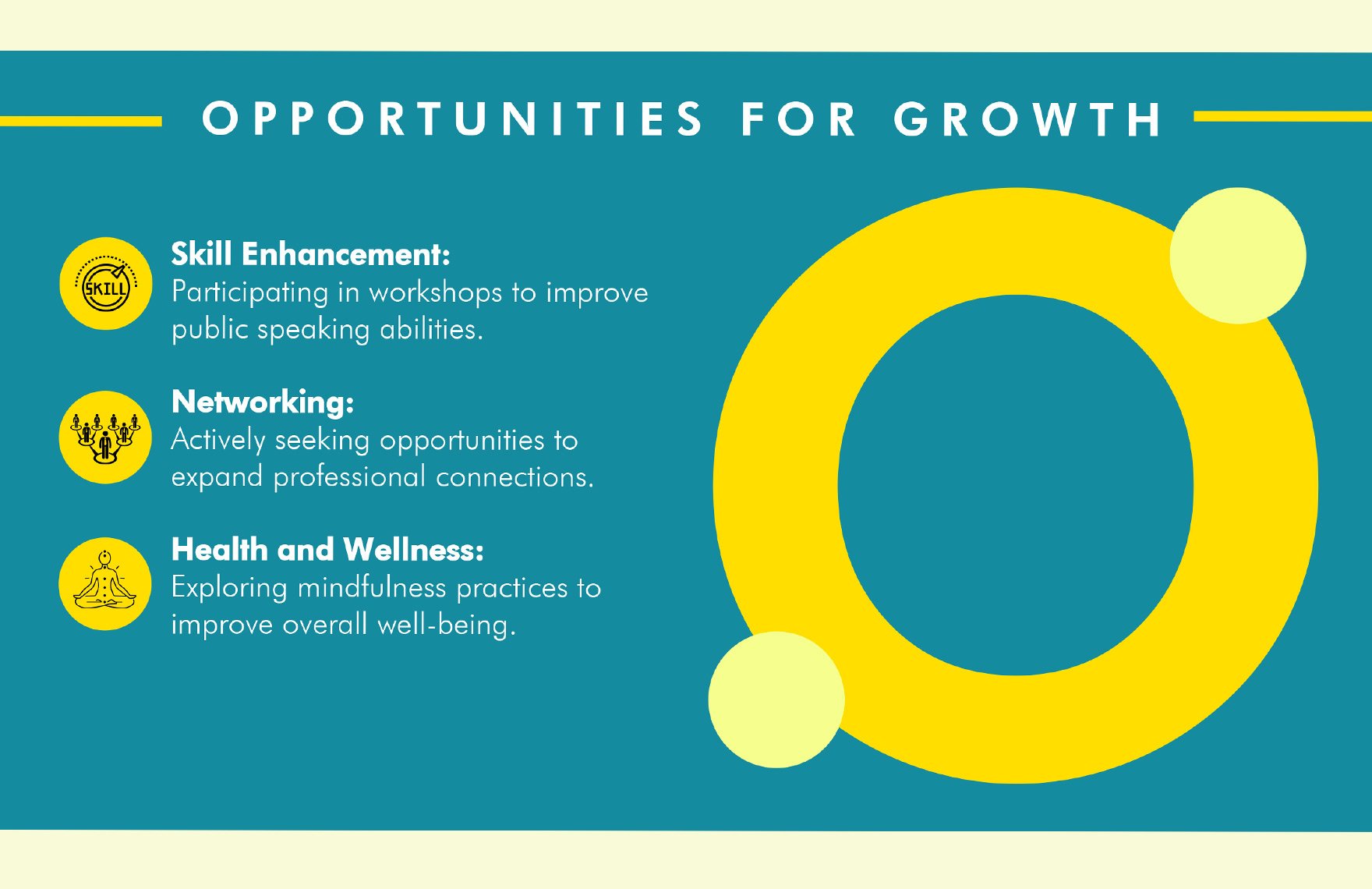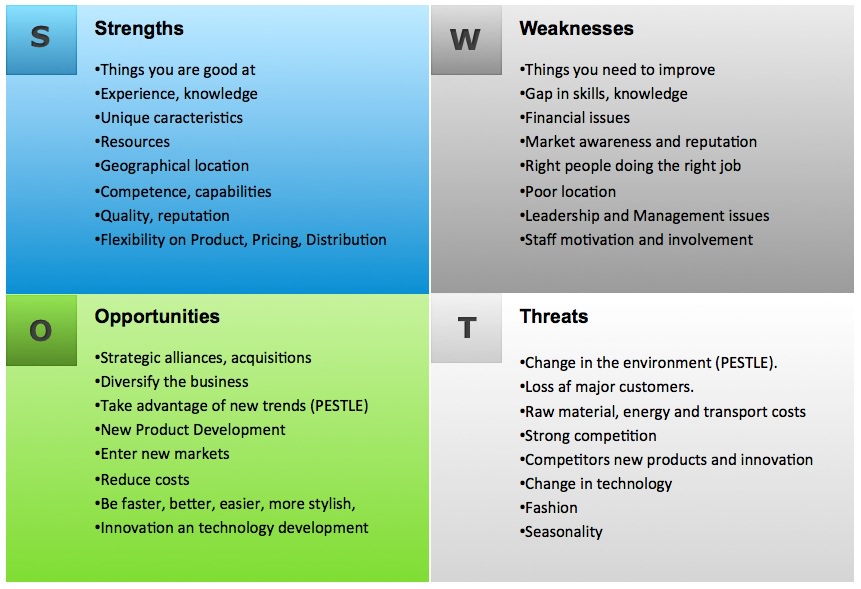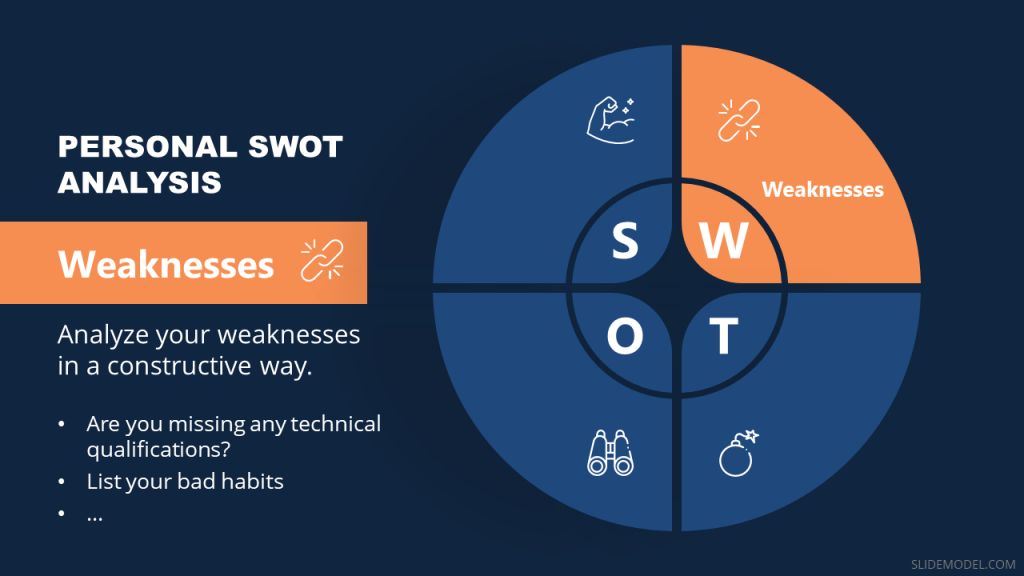Swot Analysis For Personality Development
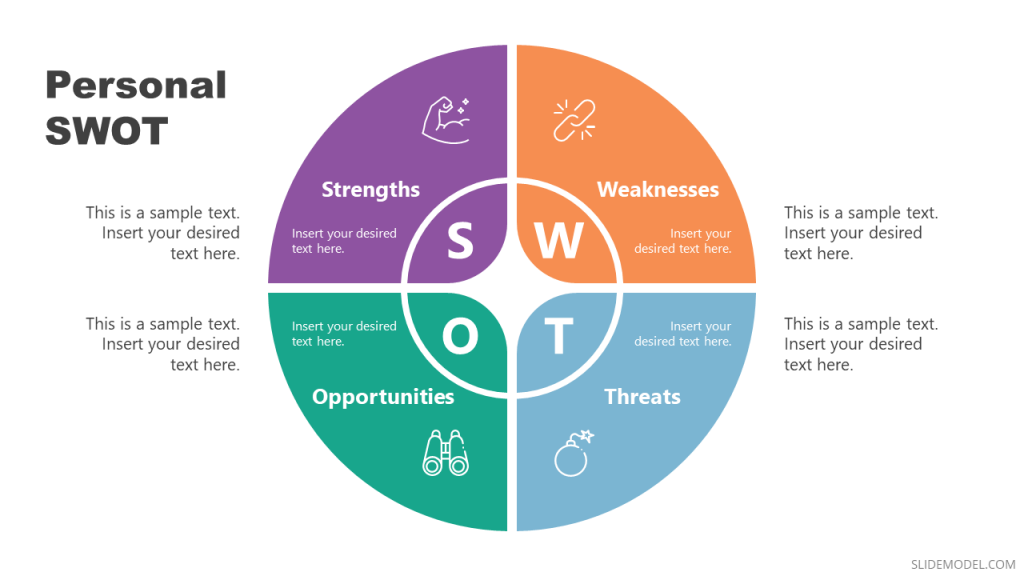
In today's relentlessly competitive world, personal and professional stagnation can feel like a death knell. Individuals are increasingly seeking proactive strategies to cultivate self-awareness and achieve continuous improvement. One surprisingly effective method gaining traction is the application of a classic business tool – the SWOT analysis – to personal development.
Essentially, a SWOT analysis, typically used to assess a company's strategic position, can be powerfully repurposed to dissect one's own strengths, weaknesses, opportunities, and threats. This self-assessment, while seemingly simple, provides a structured framework for understanding personal capabilities and external factors influencing personal growth, making it a potent tool for targeted self-improvement. Experts emphasize that a rigorously honest self-assessment is crucial for the process to yield meaningful results.
The Four Pillars of Self-SWOT
Strengths: The Internal Advantages
Identifying your strengths forms the bedrock of any successful SWOT analysis. These are your inherent talents, acquired skills, positive personality traits, and the unique advantages you possess. Recognition of these assets allows you to leverage them effectively in pursuit of your goals.
For example, a person might identify strong communication skills, a proactive work ethic, or a knack for problem-solving as key strengths. Documenting these allows for conscious utilization of these traits.
Weaknesses: Addressing the Internal Limitations
Arguably the most challenging aspect of a self-SWOT analysis is honestly acknowledging your weaknesses. These are the areas where you fall short, the skills you lack, the negative habits you exhibit, and the limitations that hold you back. Ignoring these flaws hinders genuine progress.
Common weaknesses include procrastination, poor time management, fear of public speaking, or a lack of technical expertise. Acknowledging these allows you to develop strategies for mitigation and improvement, maybe by taking online courses.
Opportunities: Capitalizing on External Factors
Opportunities represent the favorable external factors that you can exploit to your advantage. These could be emerging trends, new technologies, networking possibilities, or shifts in the job market. A keen awareness of these possibilities is paramount to strategic development.
Consider attending industry conferences, pursuing advanced certifications, or volunteering for projects that align with your career aspirations. Staying informed and adaptable helps to seize these chances when they appear.
Threats: Mitigating External Challenges
Threats are the unfavorable external factors that could impede your progress or jeopardize your goals. These could be increased competition, economic downturns, technological disruptions, or changing industry regulations. Identifying these potential pitfalls allows for proactive planning and risk mitigation.
Threats might include increasing automation in your field, a saturated job market, or the emergence of new competitors with superior skills. Developing contingency plans and continually upgrading your skills can help weather these challenges.
Implementing the SWOT: From Analysis to Action
The true power of a self-SWOT analysis lies not just in its completion, but in the action plan that follows. Once you've thoroughly assessed your strengths, weaknesses, opportunities, and threats, the next step is to develop concrete strategies to capitalize on your strengths, address your weaknesses, exploit opportunities, and mitigate threats.
For instance, if your weakness is poor time management, you could implement the Pomodoro Technique or use time-tracking apps. If a threat is increasing automation, consider upskilling in a related, high-demand area.
Expert Perspectives
Dr. Anya Sharma, a leading career counselor, emphasizes the importance of objectivity in the SWOT process. "It's crucial to seek feedback from trusted friends, mentors, or colleagues to gain a more balanced perspective," she notes. "We often have blind spots when assessing ourselves, so external input is invaluable."
Furthermore, organizational psychologist Dr. Ben Carter highlights the iterative nature of the SWOT analysis. "It's not a one-time exercise," he explains. "Your strengths, weaknesses, opportunities, and threats will evolve over time, so it's important to revisit your SWOT analysis periodically to stay aligned with your goals and the changing environment."
The Future of Self-Development
The adoption of SWOT analysis for personal development is indicative of a broader trend towards data-driven self-improvement. As individuals seek to maximize their potential in an increasingly competitive landscape, structured frameworks like SWOT offer a valuable tool for self-awareness and strategic planning. While some may find the process daunting, the potential rewards – enhanced self-understanding, targeted skill development, and improved career trajectory – are considerable.
By understanding your personal SWOT, you are empowered to create a future aligned with your ambitions and capabilities, transforming potential challenges into springboards for success.
